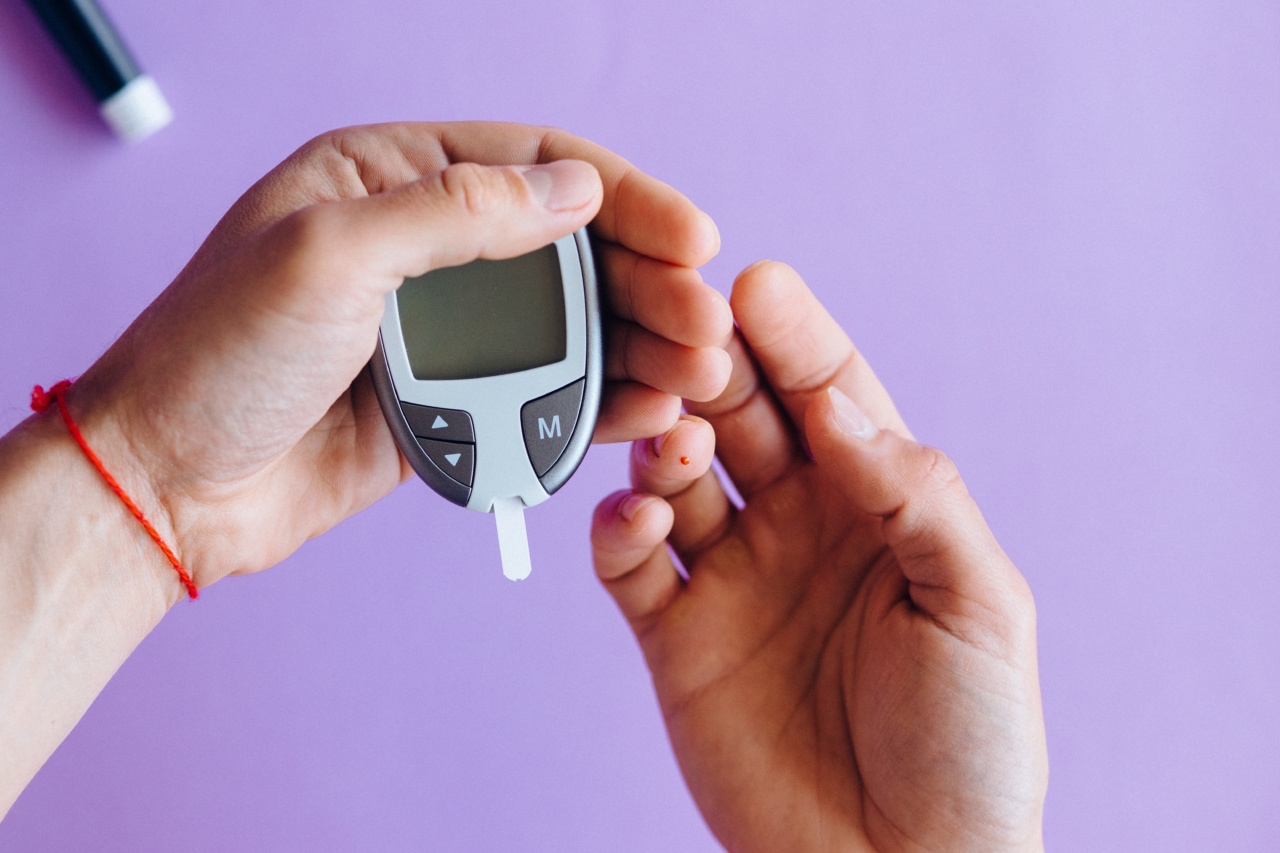Prostate cancer is the second most common cancer in men. In 2020, it is estimated that there will be 191,930 new cases of prostate cancer and 33,330 deaths from prostate cancer in the United States.
Early detection is critical for better outcomes in prostate cancer. Currently, the gold standard diagnostic test for detecting prostate cancer is the prostate-specific antigen (PSA) blood test. However, the PSA test can lead to false positives and overdiagnosis of prostate cancer.
Recently, a revolutionary blood test has been developed that offers a more accurate and reliable way to detect prostate cancer.
What is the new blood test?
The new blood test for prostate cancer is called the “Prostate Cancer Liquid Biopsy”. The test was developed by the Memorial Sloan Kettering Cancer Center and uses a liquid biopsy to detect prostate cancer.
The test works by using a patient’s blood sample to identify specific genetic changes in prostate cancer cells. These changes are then used to detect the presence of prostate cancer in the patient’s blood.
How does the Prostate Cancer Liquid Biopsy work?
The Prostate Cancer Liquid Biopsy works by using advanced techniques to analyze the genetic material of prostate cancer cells. Specifically, the test looks for specific DNA and RNA markers that are commonly found in prostate cancer cells.
These markers are then used to detect the presence of prostate cancer in a patient’s blood sample.
Unlike the traditional PSA test, which only detects the levels of a single protein in the blood, the Prostate Cancer Liquid Biopsy looks for genetic markers that are specific to prostate cancer cells.
This makes the test more accurate and reliable than the PSA test.
What are the benefits of the Prostate Cancer Liquid Biopsy?
The Prostate Cancer Liquid Biopsy offers many benefits over traditional diagnostic methods for prostate cancer:.
- Higher accuracy: The Prostate Cancer Liquid Biopsy has been shown to have a higher accuracy rate than the PSA test in detecting prostate cancer.
- Less invasive: The Prostate Cancer Liquid Biopsy is a less invasive procedure compared to a traditional biopsy that involves removing prostate tissue.
- Quicker results: The Prostate Cancer Liquid Biopsy can provide results within a few days, while traditional biopsies can take several weeks.
- Early detection: The Prostate Cancer Liquid Biopsy can detect prostate cancer at earlier stages than traditional diagnostic tests, which can improve treatment outcomes and survival rates.
What are the limitations of the Prostate Cancer Liquid Biopsy?
While the Prostate Cancer Liquid Biopsy offers many benefits, there are some limitations to the test:.
- Cost: The Prostate Cancer Liquid Biopsy is currently more expensive than traditional diagnostic tests for prostate cancer.
- Limited availability: The Prostate Cancer Liquid Biopsy is not widely available yet, and not all cancer centers offer the test.
- False negatives: The Prostate Cancer Liquid Biopsy may not detect all cases of prostate cancer, leading to false negative results.
Conclusion
The Prostate Cancer Liquid Biopsy is a revolutionary blood test for detecting prostate cancer. This test offers many benefits over traditional diagnostic tests, including higher accuracy, less invasiveness, quicker results, and early detection.
While there are some limitations to the test, the Prostate Cancer Liquid Biopsy is a promising development for the early detection and treatment of prostate cancer.




























